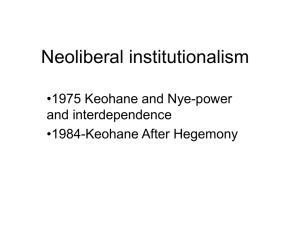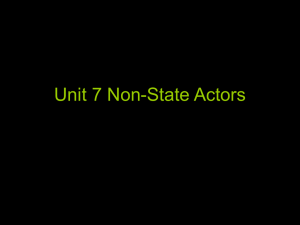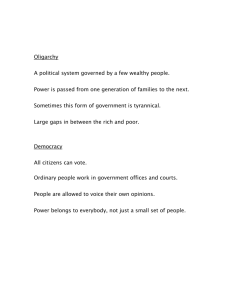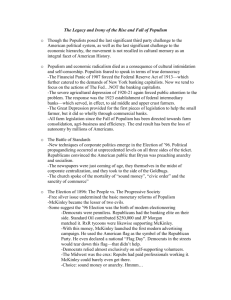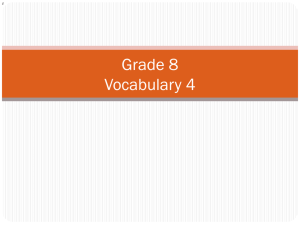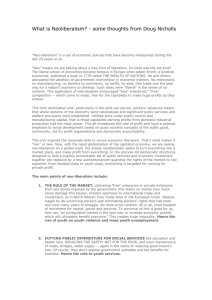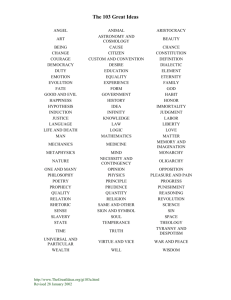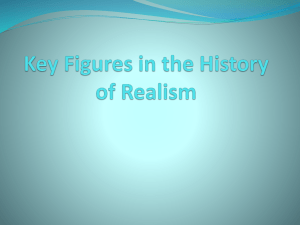332 Lecture Intro & Overview
advertisement
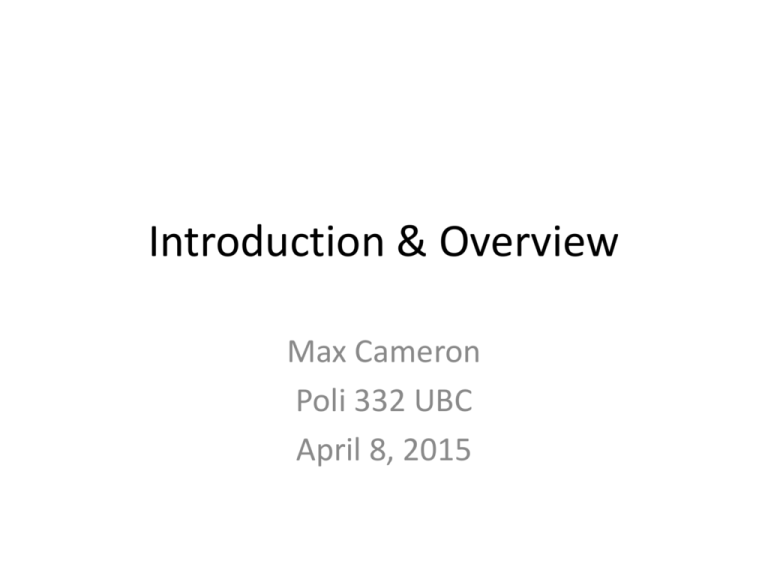
Introduction & Overview Max Cameron Poli 332 UBC April 8, 2015 Stylized Facts 19th C to 1930 1930-1960 1960-1980 1980-2000 2000- Agro-export economy ISI & Incorporation Exhaustion of ISI Neoliberalism Left turns Anarchy Oligarchy Populism Authoritarian rule Re-democratization Pact Re-founding Breakdown Modal Patterns I & II 19th C to 1930 Agro-ex economy Pattern I Long period of anarchy 1930-1960 1960-1980 1980-2000 2000- ISI & Inc Exhaustion of ISI Neoliberalism Left turns Caudillo oligarchy Radical populism Democracy of low intensity citizenship Highly repressive authoritarianism Pact Breakdown Pattern II Short period of anarchy Constitutional oligarchy Moderate populism Less repressive authoritarianism Citizens’ democracy Structural Conditions • Colonial legacies (proximity to core) • Indigenous peoples (tranculturation) • Type of agriculture (labour repressive or ranching) • Extractivism (abundance or scarcity of natural resources) • Patterns of foreign influence and intervention Process • • • • Anarchy (long or short) Oligarchy (repressive or constitutional) Populism (radical or moderate) Level of threat perception and repression (high or low) • Neoliberalism (vigorous or mild) and redemocratization Cases How do the following cases fit the stylized facts about Latin America? • Argentina • Venezuela • Bolivia • Mexico • Colombia • • • • • Chile Guatemala Costa Rica Nicaragua Brazil – See Country Scores: Structure & Process Questions? • How did post-independence anarchy impact subsequent political development? • What kind of oligarchies were most hostile to democratic reform? • How did the type of populist mobilization affect military rule? • Is revolution a viable alternative political model? • Were pacts lasting solutions or merely the deferral of deeper problems? • What is the effect of levels of repression on democracy? • What countries were most likely to make left turns? • Is Latin America undergoing a “second incorporation”?
